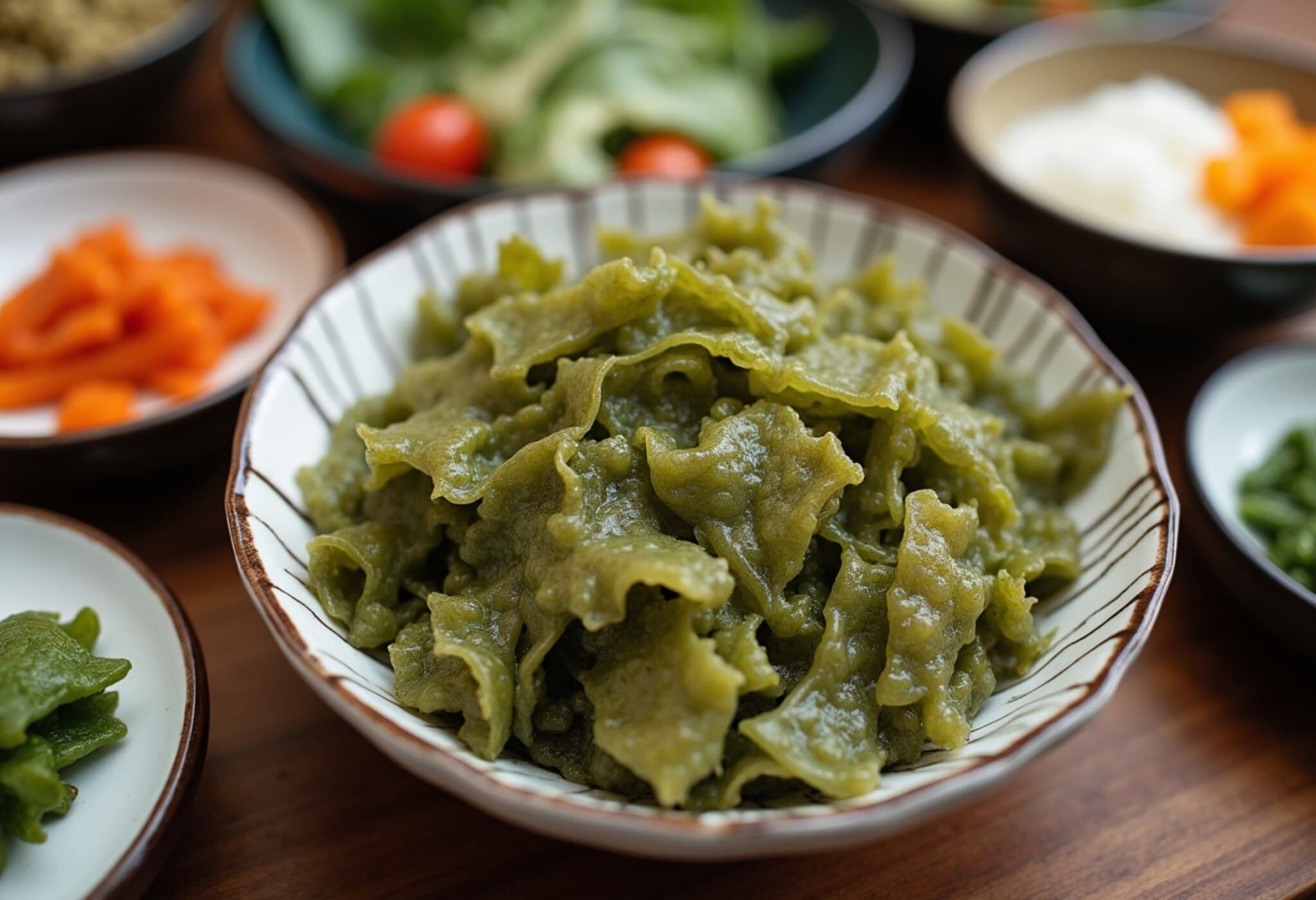Exploring Costco in Japan: A Surprising Culinary Journey
As someone passionate about nutrition and culture, stepping into a Costco in Japan was like entering a treasure trove of familiar yet fascinating new pantry staples. While I expected similarities to the American Costco experience — and found plenty — the abundance of regionally inspired, health-focused Japanese foods offered an eye-opening glimpse into different dietary traditions and food values.
1. A Bounty of Seaweed Varieties You Rarely See in the U.S.
Seaweed is a cornerstone of Japanese cuisine and a nutrient-dense superfood rich in minerals, vitamins, and antioxidants. Unlike U.S. Costcos that typically carry more limited types, Costco Japan boasts an extensive selection including:
- Ogonori: Tender seaweed known for its digestive fiber and prebiotic benefits.
- Nori: Crispy sheets essential for sushi and onigiri.
- Aosa: Delicate flakes used as flavorful soup and salad toppings.
- Wakame: Often found in miso soup, rich in iodine and calcium.
- Additional types such as kombu, hijiki, and kanten enhance versatility in cooking.
This vivid palette of seaweed showcases the cultural importance and health wisdom woven into everyday diet in Japan — a lesson for U.S. consumers seeking nutrient-rich, plant-based options.
2. Soy-Based Products Galore: From Tofu to Koya Tofu
Tofu, a celebrated plant-based protein, is offered in multiple forms rarely encountered in bulk at American stores. At Costco Japan, the choices include:
- Freeze-dried koya tofu: Ideal for busy households, rehydrates easily while soaking up flavors.
- Fried, powdered, and frozen tofu: Expands cooking possibilities with texture and nutrient retention.
Incorporating these varieties not only supports diverse cooking techniques but also emphasizes the sustainable, cholesterol-free appeal of soy products, perfectly fitting growing trends in plant-based diets across the U.S.
3. Seasonal and Unique Japanese Produce
Costco Japan’s fresh produce section reads like a map of Japan’s diverse agricultural bounty. Some American shoppers may find the assortment refreshing and a bit exotic, including:
- Japanese eggplants and slender cucumbers
- Mushroom varieties like enoki and shimeji, prized for texture and umami
- Leafy greens such as mizuna, komatsuna, and hakusai (Napa cabbage)
- High-quality Hokkaido potatoes and subtly sweet Japanese sweet potatoes
This diversity doesn’t just bring vibrant colors to the plate; it packs meals with a wide range of antioxidants and fibers, aligning seamlessly with modern nutritional recommendations.
4. Convenient Ready-to-Eat Meals That Marry Tradition and Speed
When life gets hectic, ready-to-eat options can be a lifesaver — especially those that are both healthy and flavorful. Costco Japan’s offerings include:
- Microwavable multigrain rice bowls rich in essential minerals
- Pickled vegetables and instant miso soups with seaweed and tofu
- Prepared dishes of Japanese-style cooked fish and diverse condiments
While American alternatives exist, they often come at a steeper price point. Costco Japan’s approach suggests how bulk retailers can cater to modern lifestyles without compromising health or tradition.
5. Senbei: Traditional Rice Crackers with Endless Varieties
Among Japan’s beloved snacks, senbei — soy-flavored rice crackers — stand out for their satisfying crunch and flavor complexity. At Costco Japan, these snacks come in multiple textures and ingredients, including:
- Kakino-tane, crescent-shaped crackers commonly mixed with peanuts
- Rice crackers seasoned with sesame seeds, seaweed, nuts, and herbs
These treats highlight the importance of snack culture that balances taste and quality ingredients, a trend that could inspire U.S. bulk retailers to diversify snack selections beyond conventional offerings.
6. An Abundance of Green Tea Choices: More Than a Beverage
In Japan, green tea transcends its role as a drink — it’s embedded in daily rituals and health practices. Costco Japan’s extensive tea inventory includes:
- Bottled matcha and brews available in family-sized packages
- Loose-leaf and tea bags catering to various preferences
- Powdered green teas providing versatile use in cooking and beverages
The potent antioxidants found in green tea have been linked to cardiovascular benefits and longevity, making it a smart, health-forward alternative to sugary drinks, especially in the American diet increasingly seeking wellness substitutions.
Final Thoughts: What U.S. Costcos Can Learn from Japan
Although Costco is a global brand with recognizable formats, this journey through Costco Japan reveals how local culture, traditional diets, and health awareness shape product selections in meaningful ways. From nutrient-rich seaweeds to diverse soy foods, fresh seasonal produce, and thoughtfully convenient meals, Japanese Costco offers a compelling blueprint for how bulk retailers might innovate to better meet evolving consumer needs in the U.S.
For American consumers and health-conscious shoppers, embracing some of these offerings could translate to more varied, flavorful, and nutrient-dense diets. Meanwhile, policymakers and food industry leaders interested in improving dietary health might see value in fostering cross-cultural food availability and education.
Editor’s Note
This inside look at Costco Japan uncovers more than just differences in food products — it invites us to rethink how global retail channels can respect local food traditions while promoting healthful eating patterns. As plant-based and nutrient-dense foods gain traction in America, there’s opportunity for bulk retailers to broaden their selections inspired by international models, enhancing both customer satisfaction and public health.
For readers curious about food diversity and nutritional strategies, consider exploring local international markets and advocating for greater variety in your neighborhood stores. What unique foods from other cultures do you wish were more accessible in the U.S.?
About the Author: Michiko Tomioka, MBA, RDN, is a certified nutritionist and longevity expert based in Nara, Japan. Drawing on extensive experience in nutrition education and community health, she focuses on integrating traditional Japanese diet principles with modern wellness practices. Follow her insights on Instagram for more healthy living tips.











